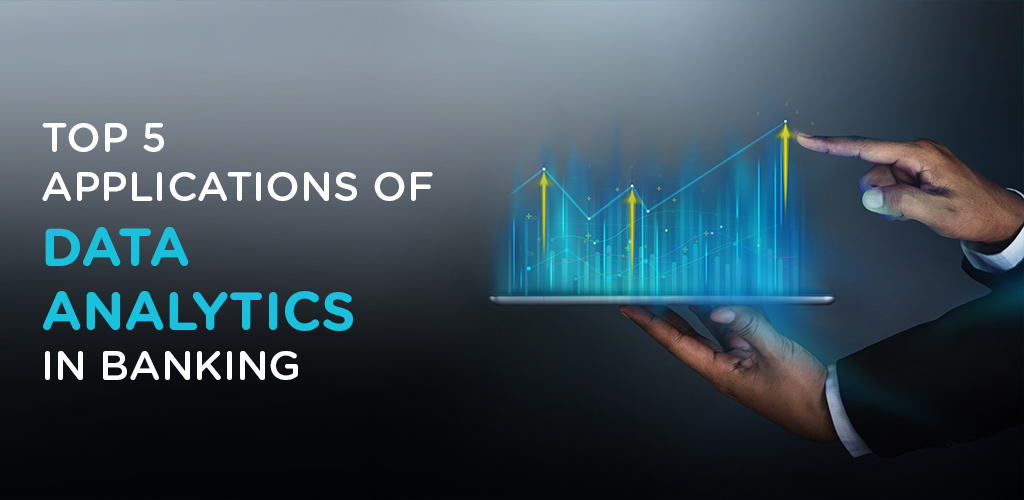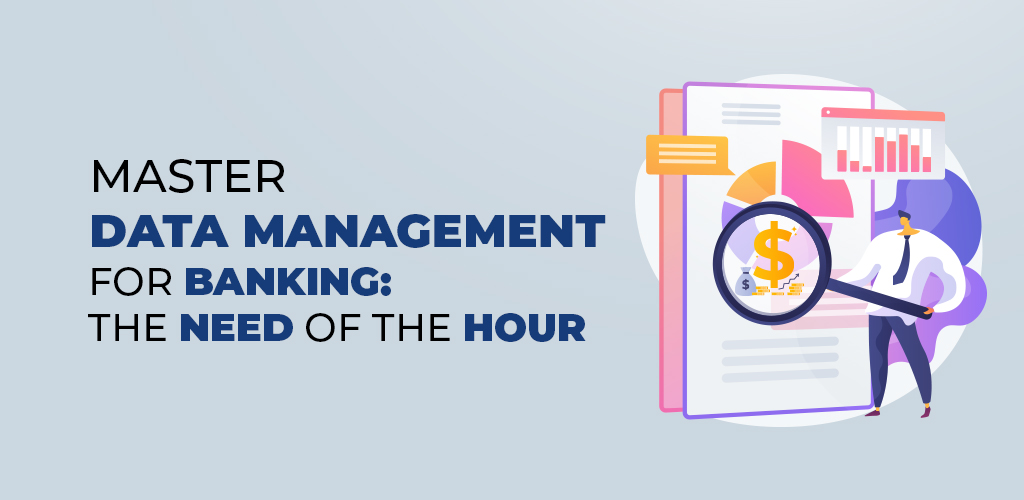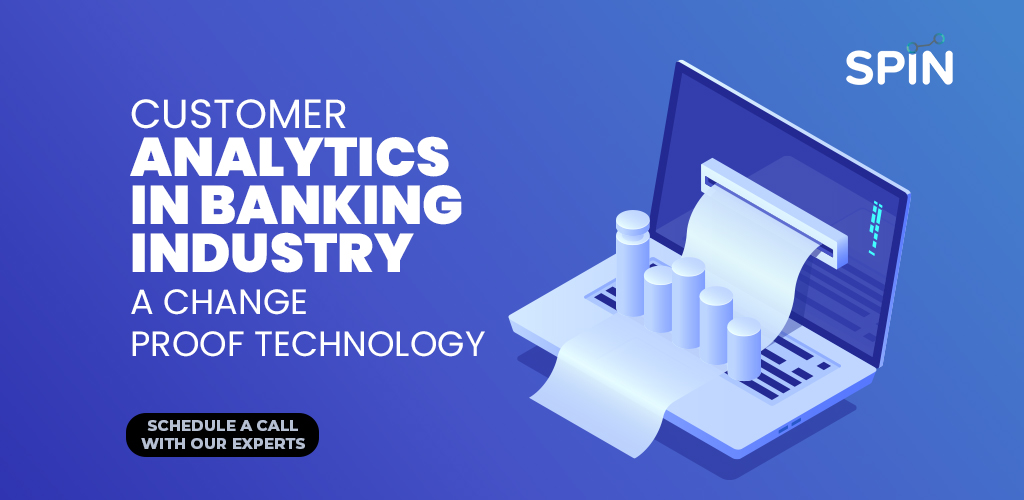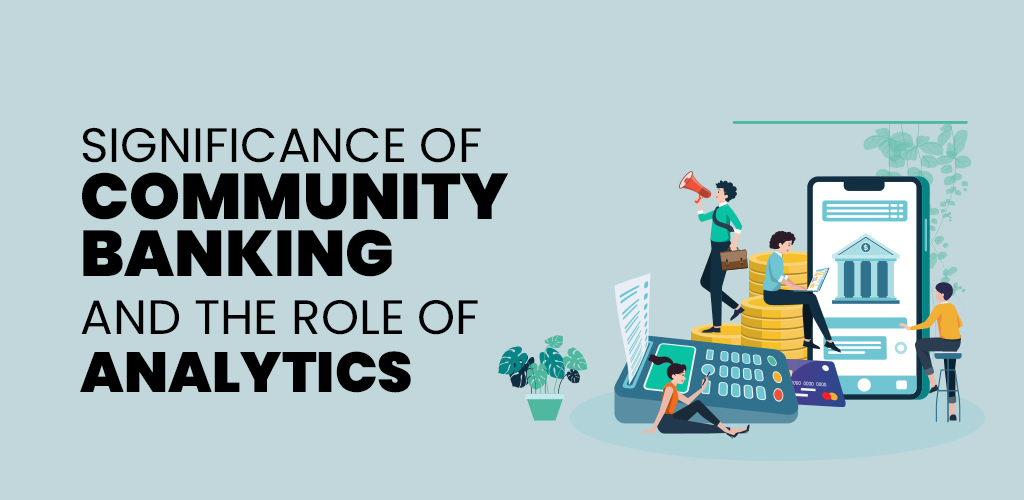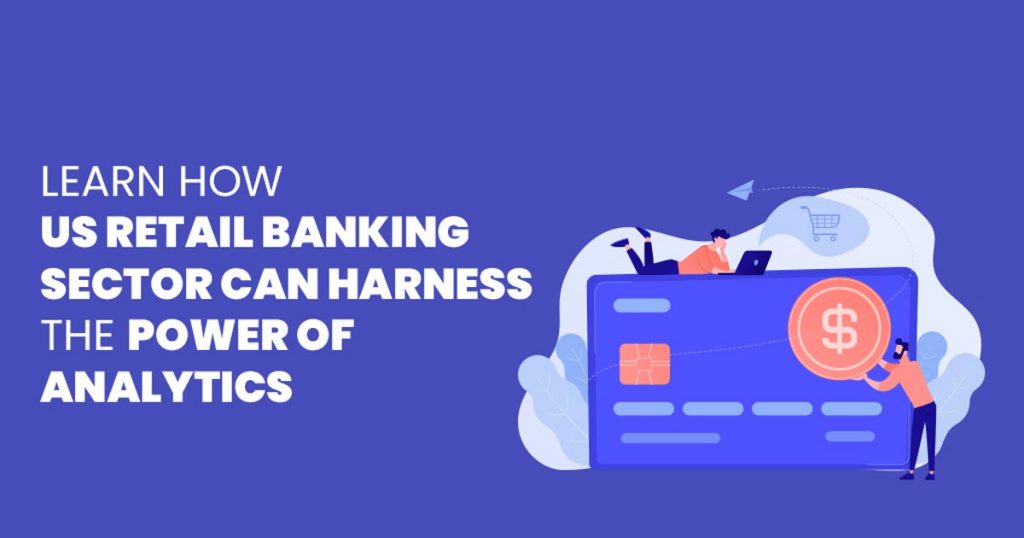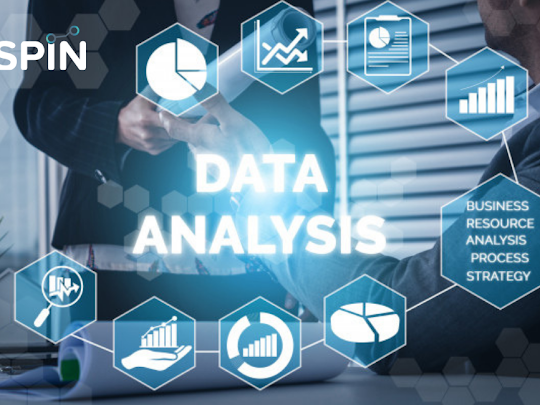Banking is getting branch-less, modern, and digital rapidly. As banks compete to get an advantage over their competitors, the need to adopt data analytics becomes even more relevant. If there ever has been a sector where analytics could play a great role, it is banking. Banks have been dealing with data for decades and its scientific analysis can help them bring a huge boost in their performance, leading to an increase in the bottom line. According to a study, over 90% of the top 50 banks in the world are currently using advanced data analytics to achieve their goals. While the applications of data analytics in banking are endless, here are five of the most common applications and how they help in gaining a competitive advantage.
Customer Segmentation
Customer segmentation allows banks to differentiate their customers according to their income and other important factors to address them properly. It is crucial to differentiate customers that make the money and customers that don’t. To grow their wallet share and create more loyal customers, banking firms need to concentrate on selling the right product to the right customer. According to a study, proper segmentation can help banks increase revenue by 30% and decrease costs by 25%. Moreover, segmentation is the top area of investment in marketing and product departments in banks with over 2.5 billion in assets.
While most banks base their segmentation on basic parameters like age, gender, region, education, and so on, data-driven segmentation also takes into consideration their milestones, personal preferences, attitudes, and technological savviness. Based on this, you can market the right product, to the right customer, at the right time, and over the right medium.
Also Read: IS DATA ANALYTICS AND AI THE FUTURE OF HASSLE-FREE BANKING SERVICES?
Fraud Prevention
Understanding the usual spending behaviour of an individual helps in raising a red flag if any scandalous event occurs. If a sudden increase in the expenditure of a cautious customer is noted, it might mean that the customer’s card was stolen and is being used by fraudsters. Data analytics has helped Americans banks prevent fraudulent transactions worth $22 Billion in 2018. Fraud prevention is so important to banks and other financial institutions that they will spend 9.3 billion for it annually.
Fraud and fraud patterns are evolving and changing more rapidly than banks can keep pace with. That is where artificial intelligence and machine learning-driven data analytics are bridging the gap by helping banking organizations detect risk, breach and fraud quickly and at the source. This early detection can stop over 60% of fraud-related losses and help the bank reissue less compromised cards to its customers.
Risk Assessment
Risk Assessment is one of the top applications of predictive analytics in banking. It is of a high priority to banks as it helps in regulating the financial activities and pricing financial investments. The financial health of a client organization can be assessed for better financing, facilitating acquisitions and mergers, and for investment purposes. Moreover, top banks like JP Morgan Chase and the U.S. Bank already use it consistently to make accurate investment-related decisions.
The traditional credit risk process is slow and labour-intensive, while data-driven predictive models provide instant results. These models use a broader range of data sources and result in a lower rate of default losses, reducing the risk of losing customers to the competitors due to a slow process. Moreover, banks can also find patterns with their customers that can lead to anticipating and mitigating an upcoming risk.
Feedback Management
Feedback management is a great example of the role of data analytics in the banking sector. Predictive analytics help banks to keep up with their relationship with the customers by offering the right products and services based on their needs. To gain a competitive advantage, banks must understand the importance of data analytics and develop strategies based on the insights from their clients’ data. The U.S. Bank has been using data analytics-driven feedback management to improve its services since 2015. It monitors over 24,000 customer reviews across over 23 websites to understand their pain points and adapt their offerings based on them.
Customers expect banks to take care of all their finance-related needs. By collecting feedback from customers, banks can effectively fine-tune their products and services to sync with the customer’s expectations. Banks that use feedback analysis and management can be faster to market compared to their competitors but also arrive there with better products.
Lifetime Value Prediction
Customer lifetime value (CLV) is a forecast of all the value a customer will bring to the bank during the course of their relationship. The importance of calculating CLV is growing rapidly, as it helps the banking organization to create and sustain a highly-beneficial relationship with a select group of customers with high lifetime value, therefore ensuring higher profits and business growth. Recent research suggests that the CLV of a customer can range from $2,000 to $4,000. Columbia Bank and National Bank of Canada regard CLV as an important factor in making business decisions.
Using CLV as a measure requires the whole organization to shift its aim from quarterly profits to establishing a long-term relationship with the customers. It doesn’t just help you track customer profitability, but also sets an upper limit to the customer acquisition costs. Therefore, a thorough CLV analysis helps the bank make accurate and calculated decisions regarding the marketing, sales & pricing for the new customers.
Premier banks like Bank of America, JP Morgan Chase, and U. S. Bank have understood the importance of data analytics in banking and have incorporated it in their business operations. SPIN Strategy offers world-class data analytics that has helped numerous banking organizations to boost their profits and gain competitive advantage. If your banking organization is planning to implement advanced predictive analytics, contact SPIN Strategy now at info@spin-strategy.com

